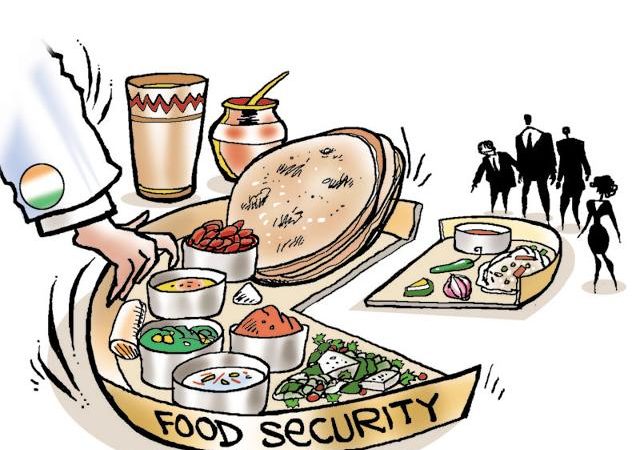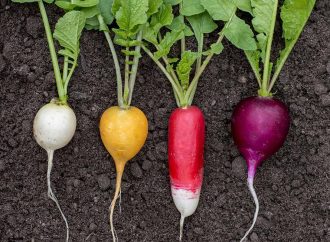Causes of Global Food Insecurity Climate change exacerbates global food insecurity. The increasing frequency and intensity of extreme weather events such as droughts, floods, and hurricanes, driven by climate change, have severely impacted agricultural productivity. These adverse weather conditions disrupt planting and harvesting cycles, reduce crop yields, and lead to soil degradation. As a result,
Causes of Global Food Insecurity
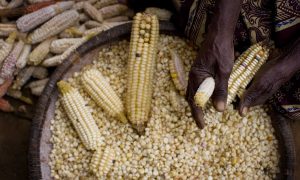
Image by : Yandex
Climate change exacerbates global food insecurity. The increasing frequency and intensity of extreme weather events such as droughts, floods, and hurricanes, driven by climate change, have severely impacted agricultural productivity. These adverse weather conditions disrupt planting and harvesting cycles, reduce crop yields, and lead to soil degradation. As a result, farmers struggle to produce enough food to meet the growing demand, leading to a significant increase in global food insecurity.
Economic instability increases global food insecurity. Economic instability, characterized by fluctuating commodity prices, inflation, and unemployment, directly affects people’s ability to afford nutritious food. When economies are unstable, food prices tend to rise, making it difficult for low-income households to purchase adequate food supplies. Additionally, economic downturns can lead to reduced investment in agriculture and food production, further exacerbating food scarcity.
Impact of Climate Change on Food Supply
Rising temperatures exacerbate global food insecurity. As global temperatures continue to rise due to climate change, crops are exposed to heat stress, which can reduce their growth and yield. Higher temperatures can also increase the prevalence of pests and diseases, further compromising crop health and productivity. This decline in agricultural output contributes to food shortages and increased food insecurity, particularly in regions already vulnerable to climate change.
Erratic weather patterns disrupt crop yields, fueling global food insecurity. Climate change has led to more unpredictable weather patterns, including irregular rainfall and prolonged dry spells. These erratic conditions make it challenging for farmers to plan and manage their crops effectively. The resulting disruptions in crop yields can lead to food shortages, higher food prices, and increased global food insecurity. Smallholder farmers, who often lack the resources to adapt to changing conditions, are particularly affected.
Economic Factors Contributing to Food Scarcity
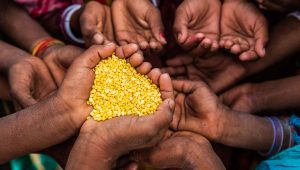
Image by : Yandex
Rising costs exacerbate global food insecurity. The cost of agricultural inputs, such as seeds, fertilizers, and fuel, has been steadily increasing. These rising costs make it difficult for farmers to afford the necessary resources to maintain and improve their crop production. Consequently, food production declines, leading to higher food prices and increased food insecurity. Additionally, transportation and distribution costs also rise, further contributing to the overall increase in food prices.
Economic instability drives global food insecurity higher.
Economic instability, including recessions and financial crises, can lead to job losses and reduced incomes for many households. This economic hardship makes it challenging for families to afford nutritious food, pushing them into food insecurity. Moreover, economic instability can disrupt food supply chains, causing delays and shortages in food distribution, further exacerbating the issue.
Role of Political Instability in Food Distribution
Political instability disrupts supply chains, worsening global food insecurity. Political instability, such as conflicts, coups, and government corruption, can severely disrupt food supply chains. These disruptions can lead to delays in food transportation, storage, and distribution, resulting in food shortages and increased prices. In regions experiencing political turmoil, access to food becomes more difficult, exacerbating global food insecurity.
Conflict zones hinder food aid, exacerbating global food insecurity. In areas affected by armed conflicts, delivering food aid becomes a significant challenge. Humanitarian organizations often face obstacles such as restricted access, security risks, and damaged infrastructure, making it difficult to reach those in need. As a result, vulnerable populations in conflict zones suffer from severe food insecurity, with limited access to essential food supplies.
Technological Advances in Agriculture
Technological advances in agriculture mitigate global food insecurity. Innovations in agricultural technology, such as genetically modified crops, advanced irrigation systems, and precision farming techniques, have the potential to significantly increase food production. These technologies can help farmers adapt to changing environmental conditions, improve crop yields, and reduce food waste. By enhancing agricultural productivity, technological advances play a crucial role in mitigating global food insecurity.
Precision farming reduces global food insecurity through efficient resource use. Precision farming involves using data and technology to optimize agricultural practices, such as planting, fertilization, and irrigation. By precisely managing resources, farmers can increase crop yields while minimizing waste and environmental impact. This efficient use of resources helps ensure a stable food supply, reducing the risk of food insecurity.
International Aid and Food Security
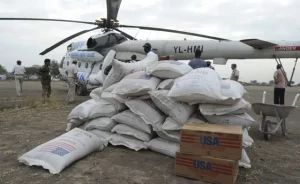
Image by : Yandex
International aid can mitigate global food insecurity. International aid organizations play a vital role in addressing global food insecurity by providing financial support, food assistance, and technical expertise to vulnerable populations. These efforts help improve food access, enhance agricultural productivity, and strengthen food systems in regions affected by food insecurity. By supporting international aid initiatives, the global community can work together to alleviate hunger and food scarcity.
Global food insecurity necessitates increased international food aid. As global food insecurity continues to rise, there is an urgent need for increased international food aid. Governments, non-governmental organizations, and international agencies must collaborate to provide immediate assistance to those facing food shortages. This aid can include emergency food supplies, agricultural support, and capacity-building programs to help communities build resilient food systems and reduce their vulnerability to future food crises.
Future Projections and Solutions
Future projections indicate worsening global food insecurity trends. Current trends suggest that global food insecurity will continue to worsen in the coming years, driven by factors such as climate change, economic instability, and population growth. Without significant interventions, the number of people facing food insecurity is expected to rise, leading to increased hunger and malnutrition worldwide. It is crucial to address these underlying issues to prevent further deterioration of global food security.
Innovative agricultural technologies offer solutions to global food insecurity. To combat the growing challenge of food insecurity, it is essential to invest in innovative agricultural technologies. These technologies, such as vertical farming, hydroponics, and climate-resilient crops, can help increase food production and reduce the environmental impact of agriculture. By adopting and scaling these innovations, we can create more sustainable and resilient food systems, ensuring food security for future generations.

